
Investigators used 4D flow cardiovascular magnetic resonance imaging to search for differences between pulmonary artery (PA) remodeling in pulmonary arterial hypertension and other types of pulmonary hypertension.
Jared is a freelance writer for The American Journal of Managed Care® (AJMC®), and previously worked as a senior editor for HCPLive® at MJH Life Sciences®.
He has an MA from University of Sioux Falls. You can connect with Jared on LinkedIn.

Investigators used 4D flow cardiovascular magnetic resonance imaging to search for differences between pulmonary artery (PA) remodeling in pulmonary arterial hypertension and other types of pulmonary hypertension.

Patients who did not complete a distress screener were also less likely to receive autologous stem cell transplants.

Combining BET inhibitors and PARP inhibitors might help patients resistant to chemotherapy, the study suggests.

The study could open the door to potential novel therapeutic targets.
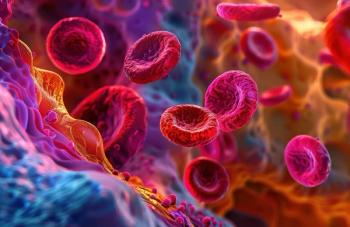
Investigators found that lipid metabolism disruptions spark T-cell dysfunction in patients with chronic lymphocytic leukemia.

Men with melanoma tend to be diagnosed later and have worse outcomes. Artificial intelligence can help change that, a review suggests.

New data suggest venetoclax may offset the negative prognostic impact of short telomeres in patients with chronic lymphocytic leukemia (CLL).
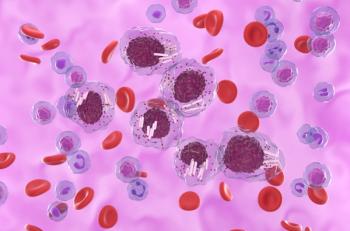
One study found most—but not all—patients with chronic lymphocytic leukemia disease progression while taking a Bruton tyrosine kinase inhibitor (BTKi) had a key mutation linked to resistance.

Patients with generalized myasthenia gravis experienced durable improvements across measures of efficacy and regardless of the time since they were diagnosed.

A Mendelian analysis supports the idea that hyperuricemia may be an important risk factor for pulmonary arterial hypertension (PAH).

The differences did not appear to be associated with potential moderating factors like age, sex, or smoking status.

Patients and physicians agree about which symptoms have the biggest impact on patients’ quality of life.

The study offers insights on how to counteract resistance to Bruton tyrosine kinase (BTK) inhibitors.
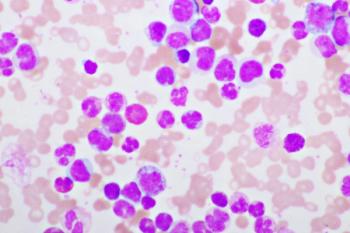
Long-term data support the safety and efficacy of venetoclax (Venclexta) and obinutuzumab (Gazyva) in chronic lymphocytic leukemia (CLL), though questions remain about which patients would benefit most from the regimen.

Leaders of the American Society of Health-System Pharmacists (ASHP) say the time is now to prepare for providing innovative gene and cell therapies.

Phase 2 data show about half of patients with high-risk or secondary acute myeloid leukemia achieved a complete response or complete response with incomplete hematologic recovery after one or two cycles of induction therapy with CPX-351.

Investigators said patients experienced adverse effects in line with those expected for myeloablative conditioning with busulfan following treatment with betibeglogene autotemcel (beti-cel; Zynteglo; bluebird bio).
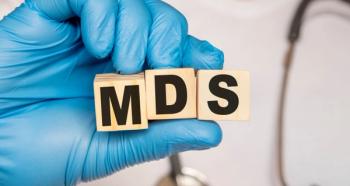
The single-center report showed the therapy had a favorable safety profile and manageable side effects in children with relapsed or refractory (R/R) acute myeloid leukemia (AML) or myelodysplastic syndromes (MDS).

Patients continued taking their medications for pulmonary arterial hypertension (PAH) when symptoms appeared to improve, according to a new survey.

A systematic review has found a potential link between edentulism and sleep apnea risk, although the authors said differences in study designs prohibited a meta-analysis.

The new report is an attempt to provide comprehensive safety data on the rapidly changing treatment landscape for relapsed or refractory chronic lymphocytic leukemia (CLL).

New research suggests previous assumptions about the pathogenesis of spinal muscular atrophy (SMA) are inadequate.

Investigators say they may have found a new therapeutic target for patients with double-expressor diffuse large B-cell lymphoma (DLBCL).

Investigators used 3-dimensional quantitative computed tomography to more accurately assess patients’ bone mineral density.

New data suggest the frequency of damage and repair processes correlates with disease severity and disability in multiple sclerosis (MS).
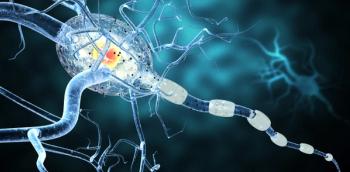
The therapy reduced inflammation and appeared to slow disease progression in models, suggesting it could have similar impacts in humans.

The gene therapy improved annualized bleed rates, though a handful of study participants resumed factor IX prophylaxis.

Physicians also differed from caregivers when asked how many hours of caregiving patients required each week.
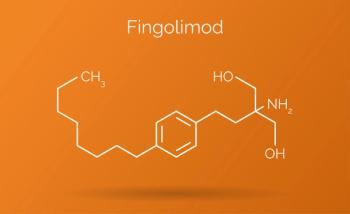
New research helps explain why a subset of patients with relapsing/remitting multiple sclerosis (MS) experience long-term heart rate slowing after taking fingolimod.

Various therapies have different impacts on brain volume loss in patients with relapsing multiple sclerosis (MS), a new study has found.

259 Prospect Plains Rd, Bldg H
Cranbury, NJ 08512
© 2025 MJH Life Sciences®
All rights reserved.
